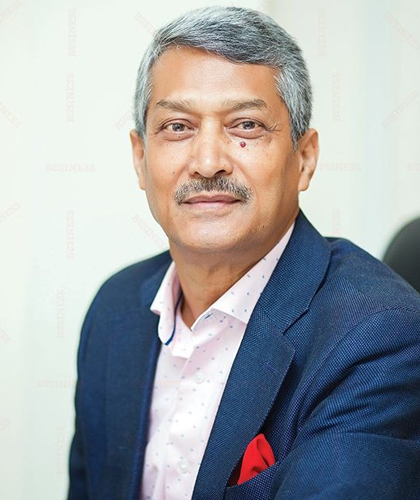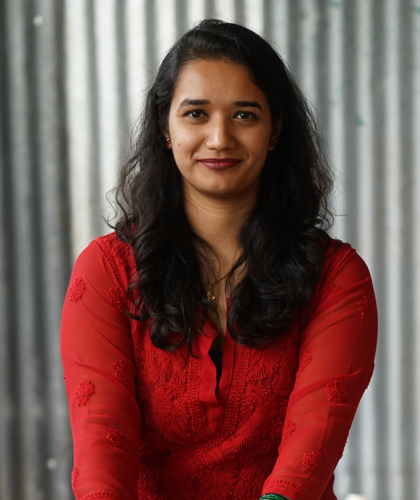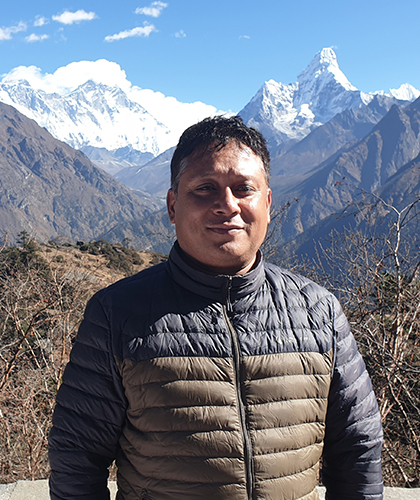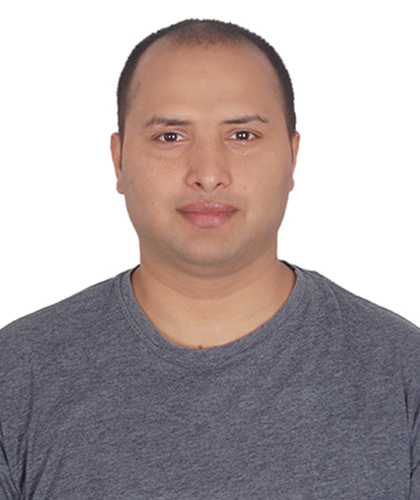Land of the Dragon-Bhutan
Trip
Overview
Trip
Highlights
-
A visit to the National Museum, a veritable tour through the colourful vistas of Bhutan's history and culture, is rich, rewarding and unforgettable experience.
-
Kyichu Lakhang Monastery temple is undoubtedly one of the oldest temples to have been built in Bhutan.
-
The memorial chorten, with its sun-catching golden finial, is one of the most visible religious structures in Thimphu.
-
Dungtse Lhakhang, the little three storied chorten-shaped temple, was built in 1421 by Thangtong Gyelpo.
-
Country
Bhutan -
Duration
4 Days -
Difficulty Level

-
Group Size
2-15 pax -
Accommodation
Overnight at the Hotel -
Guide
English Speaking Nepali Tour Leader
Route
Itinerary
Meet upon arrival and transfer to hotel. Afternoon visit to National Museum, Paro Dzong and Kyichu Lakhang Monastery.
National Museum: A visit to the National Museum, a veritable tour through the colourful vistas of Bhutan's history and culture, is rich, rewarding and unforgettable experience, a must for connoisseurs, students, scholars and tourists. After the advent of modernism in the country the Royal Government of Bhutan, with an aim to showcase the country's rich culture and traditions, initiated the idea to introduce a museum for the first time and in 1968 the watchtower above Paro Dzong was chosen to initially house a modest collection of murals, numismatics, philately, etc.
Paro Dzong: Paro Dzong is one of the first Dzongs that visitors see on arrival by plane into Bhutan. It is also known as the Rinpung Dzong which means a "fortress that sits on a heap of jewels". This imposing dzong located above the Paro river is a fine example of Bhutanese architecture with its inward sloping walls that rise to an impressive height. The dzong was built in the 16th century on the foundation of a monastery built by Guru Rinpoche.
Kyichu Lakhang Monastery: The temple is undoubtedly one of the oldest temples to have been built in Bhutan. It is one of the 108 temples built by the Tibetan King Songtsen Gampo in the 7th century AD. The King is said to have built 108 temples in a day throughout the Himalayan regions. Of which Kichu Lhakhang in Paro and Jampa Lhakhang in Bumthang are two of them. Of the remaining temples most can be seen in Tibet.
Overnight at hotel.Breakfast at the hotel. After breakfast drive to Thimpu which takes 1 -2 hrs. under normal road condition. In Thimpu, visit to National Library, Heritage Museum, Textile Museum, Memorial Chorten.
National Library: The National Library of Bhutan (NLB) was established in 1967 with the primary objective of collecting and preserving mainly ancient Bhutanese written and printed resources. The multi-functional library can now pride itself on being a modern library with a number of service and research facilities. It accommodates a large and steadily growing collection of manuscripts, books, scriptures and written documents as well as a large number of hand carved wooden blocks for printing traditional religious books.
Heritage Museum: Inaugurated by Her Majesty, the Queen Ashi Dorji Wangchuck on 28th July 2001, Phelchey Toenkhyim or the Folk Heritage Museum at Thimphu provides you a glimpse of lifestyle, items and artifacts of Bhutanese villages and rural households. Besides the display, the museum also organizes demonstrations of rural traditions, skills, habits and customs, educational programs for children and research and documentation on rural life of Bhutan. The museum building itself is one of the star exhibits of the library. It is a restored three-storey traditional rammed mud and timber house that resembles the average rural household in the Wang area during the mid-19th century, complete with typical household objects, domestic tools and equipments that were used by rural families of that period.
Textile Museum: Her Majesty, the Queen Ashi Sangay Choden Wangchuck, inaugurated the National Textile Museum in 2001. She is also the patron of the museum and has helped in boosting both national and international interest in Bhutan's textiles and textile art traditions. Bhutan's textiles are an integral part of its cultural and heritage and are unique for their diversity and sophistication. Textile Museum at Thimphu has given a new platform to the nation's textiles and Bhutanese weavers and boasts of an invaluable collection of antique textile artifacts of Bhutan. Some of the museum's gems are the pearl robe from Tsamdrak Goenpa, crowns of Bhutan's Kings, Namzas (dresses) and other accessories worn by the Royal Family, personal bedding of His Holiness Zhabdrung Jigme Dorji and the first version of the Raven Crown.
Memorial Chorten: The memorial chorten, with its sun-catching golden finial, is one of the most visible religious structures in Thimphu, and for many people it is the focus of their daily worship. Throughout the day people circumambulate the chorten, whirl the large red prayer wheels and pray in the adjacent shrine. The early morning is particularly tranquil as elderly people shuffle in and spruced-up kids on their way to school whiz in and out to pay homage.
There are no mortal remains of the King inside the Chorten. There is only a photograph draped in ceremonial scarves on the ground floor.Breakfast at the hotel. Hike upto Taktshang Monastery and also visit Dungtse Monastery.
Taktshang Monastery: Taktshang or the Tigers lair as the monastery is widely regarded is one of the most important in Bhutan. Its history is associated with the visit of Guru Padmasambhava, the Indian saint who came to Bhutan in the 8th century AD. The cave was named Taktshang after Guru Rinpoche flew into the cave from Kurtoe Singye Dzong in eastern Bhutan riding on a tigress. When landing within the cave he took the wrathful form of Guru Dorji Drolo (one of the eight manifestations of Guru Rinpoche) to subdue the demons. The monastery is one of the main thirteen Taktshangs as predicted to be built in the Buddhist world. The cliff on which Taktshang stands is also supposed to resemble a ritual dagger – Phurpa (Vajrakila).
Dungtse Monastery:Dungtse Lhakhang, the little three storied chorten-shaped temple, was built in 1421 by Thangtong Gyelpo to subdue the ogress on the top of whose head it is said to be built. It was restored in 1841 by the 25th Head Abbot of Bhutan, Sherab Gyeltshen and the names of the Paro donors can still be seen written on the wooden pillars of the ground floor. Men of great stature and strength known as the "Nya goe" were employed in the construction to lift the massive pillars used in the temple. It is said that on the day of construction, the founder himself appeared in the form of five vultures, and circled the temple showering his blessings before taking flight to Tibet. One can also see the central tower (utse), the pinnacle of the temple, chained from four directions to the roof of the temple. It is believed that while the consecration was being performed the central tower moved, attempting to fly to Tibet. Thus to stop it from its flight the central tower was chained down.
Meet
Our Experts
For Travel Agents

MR. BIJAY AMATYA
-
CEO, Founder
For Travellers

Ms. Neha AMATYA
-
Executive - Business Development

Mr. Deepak Gurau
-
Tour Officer

Mr. Sanjaya Moktan
-
Senior Manager tours

Mr. Saroj Bhatta
-
Tour Officer
Contact us
Base Camp, Basundhara, Kathmandu, Nepal
This email address is being protected from spambots. You need JavaScript enabled to view it.
 +977 1 5909976 / 77 / 78
+977 1 5909976 / 77 / 78